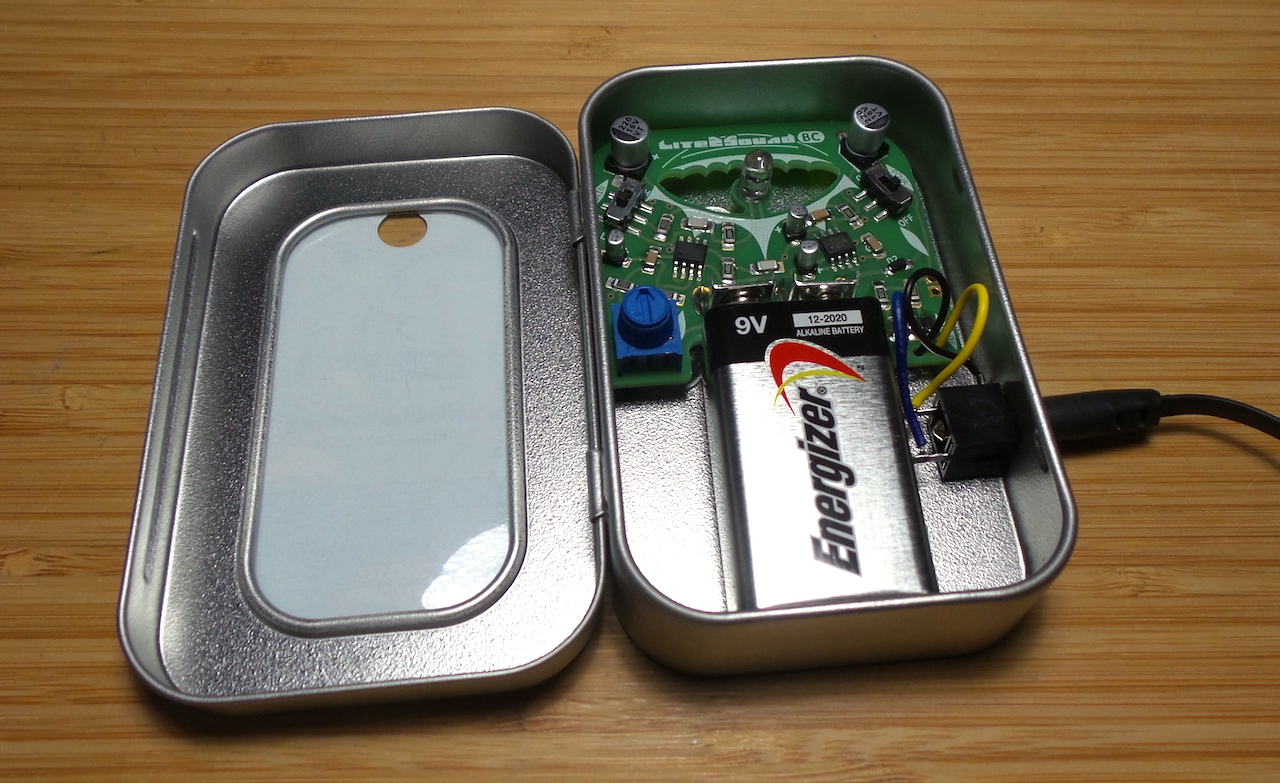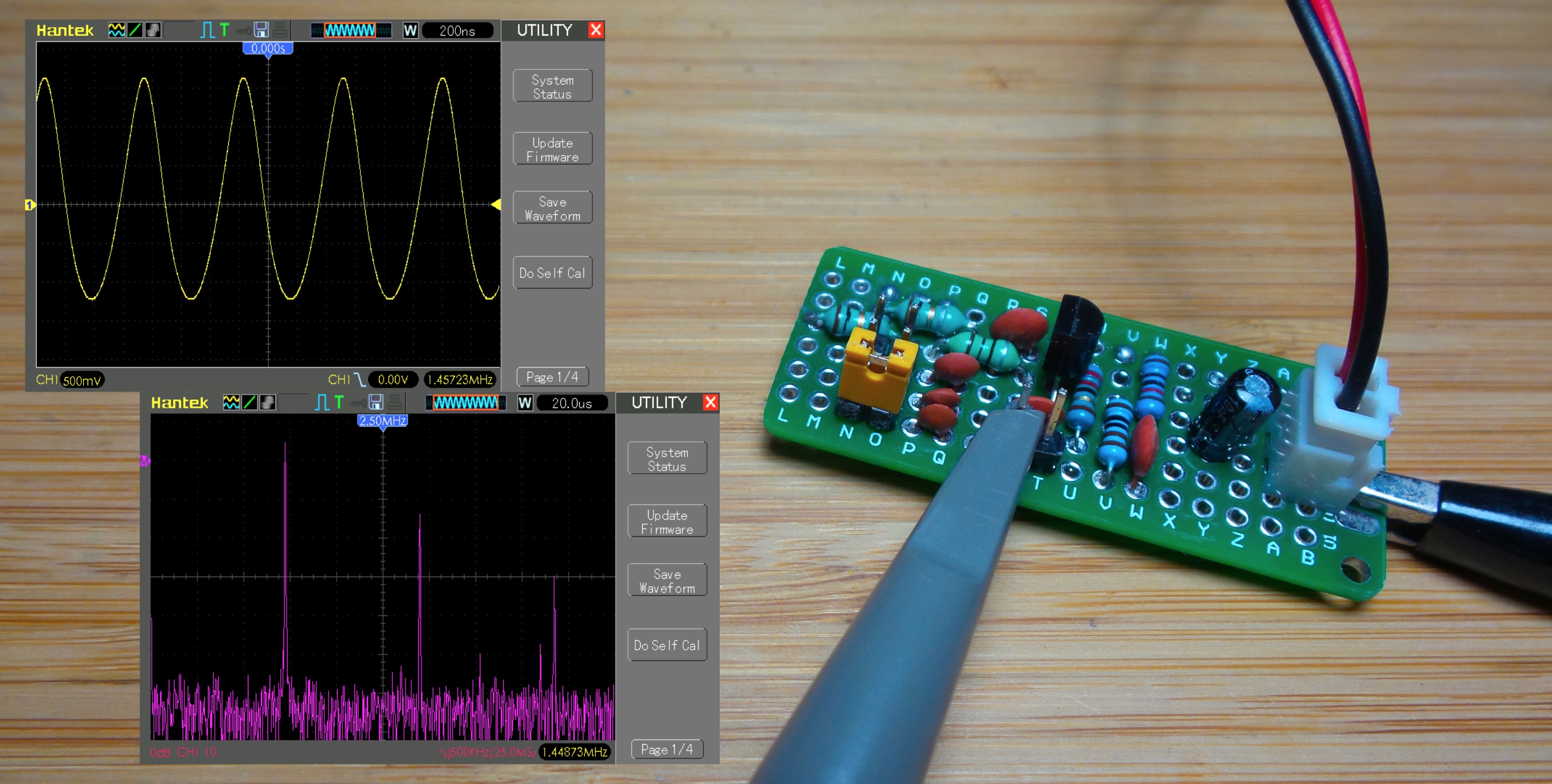LEAP#420 CuttleTalk Audio over LiFi
Now I’ve built the Boldport lite2sound, time to test it out. I’m inspired by LEAP#417 SimpleSamplePlayer to attempt some LiFi audio transmission by light.
I’m using the Boldport Cuttle (an AVR/Arduino clone) to transmit an audio sample with an LED, and the Boldport lite2sound as a receiver. The audio out from lite2sound is amplified with LEAP#210 TDA7297 Kit.
As always, all notes, schematics and code are in the Little Electronics & Arduino Projects repo on GitHub
And it works;-) I think I’ve found the Spirit of Saar in the Cuttle..
read more and comment..
LEAP#419 Boldport Lite2Sound
The Boldport Lite2Sound BC is a crafty collaboration with Rare Waves LLC. It uses a photodiode to detect audio-frequencies from light, which are amplified and piped to an audio jack (or optionally to direct line-out).
Best of all - it comes in an Altoids-sized can!
As always, all notes, schematics and code are in the Little Electronics & Arduino Projects repo on GitHub
read more and comment..
LEAP#418 Hartley Oscillator
The Hartley oscillator is distinguished by a tapped inductor to provide feedback (the Colpitts oscillator uses capacitors).
I got some decent results on a breadboard, even better on protoboard, using a basic Hertley design with RF chokes for inductors and a BJT.
As always, all notes, schematics and code are in the Little Electronics & Arduino Projects repo on GitHub
read more and comment..
LEAP#417 Playing Sound Samples with Arduino
Microcontrollers typically don’t have a lot of on-board memory, so the idea of playing audio samples is generally out of reach without somehow solving the storage issue or delving into synthesised sound.
But it is possible to play (very) short samples. In this example I’m playing an 8kHz, 8-bit sample stored in flash memory, using the PCM library to modulate a PWM output accordingly.
As always, all notes, schematics and code are in the Little Electronics & Arduino Projects repo on GitHub
And here’s an Uno pretending to be a phone, just to prove the point…
read more and comment..

